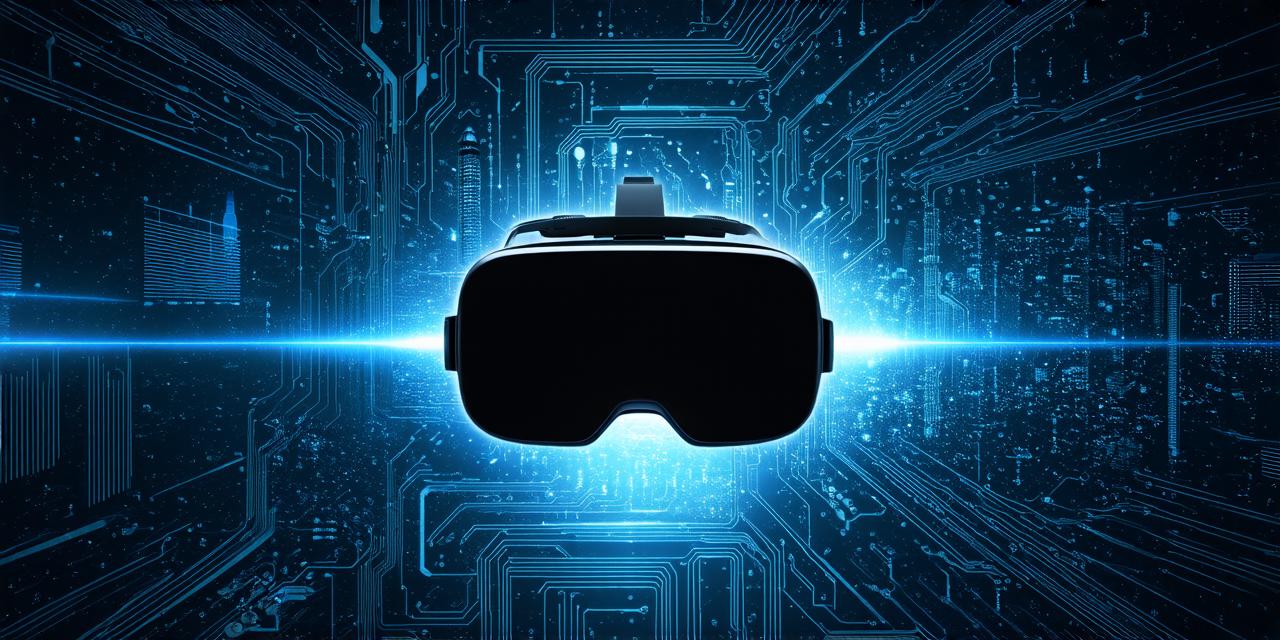Introduction to Virtual Reality Videos
Virtual reality (VR) technology is rapidly evolving, and virtual reality videos are becoming increasingly popular. With the ability to immerse viewers in a simulated environment, VR videos offer a unique way to engage audiences and deliver powerful storytelling experiences.
Best Practices for Capturing VR Footage
The first step in creating a virtual reality video is capturing the footage. To do this, you will need specialized equipment, including 360-degree cameras, tripods, and accessories such as lens covers and waterproof housings. There are many different types of 360-degree cameras available, each with its own strengths and weaknesses. Some popular options include the Samsung Gear 360, Oculus Quest 2, and the GoPro Omni 360.
When capturing VR footage, it’s important to keep in mind a few key best practices:
- Use high-quality equipment: Investing in good-quality cameras and accessories can make all the difference in the final product. Look for cameras with high resolution (at least 4K) and wide fields of view.
- Plan your shot: Before you start shooting, plan out what you want to capture. Consider factors such as lighting, composition, and movement. It’s also a good idea to scout out the location in advance to familiarize yourself with the environment.
- Use a tripod: A sturdy tripod is essential for capturing smooth and steady footage. Make sure your tripod is well-balanced and secure before attaching your camera.
- Shoot multiple takes: Capturing multiple takes of the same scene can help you identify any issues with lighting, movement, or other factors that may affect the final product.
Editing VR Footage
Once you have captured your footage, it’s time to edit it into a cohesive and engaging video. There are many different software options available for editing VR videos, including Unity, Unreal Engine, and A-Frame. These programs allow you to import your footage, add effects and transitions, and export the final product in various formats.
When editing VR footage, it’s important to keep in mind a few key best practices:
- Use smooth transitions: Transitions between scenes should be seamless and smooth, avoiding any sudden or jarring changes that may disrupt the viewer’s experience.
- Add sound effects and music: Sound can greatly enhance the immersion of VR videos, so don’t forget to add appropriate sound effects and music to your final product.
- Optimize for different platforms: When sharing your VR video on social media or other platforms, make sure to optimize it for different screen sizes and devices. This may involve adjusting resolution, aspect ratio, and other settings.
Optimizing VR Videos for SEO and Social Media Sharing
To attract viewers to your VR video, you will need to optimize it for search engines (SEO) and social media sharing. There are many different strategies you can use to improve your SEO and increase your chances of getting discovered by potential viewers.
- Use relevant keywords: When creating your VR video, make sure to include relevant keywords in the title, description, and other metadata. This will help search engines understand what your video is about and improve its visibility in search results.
- Create engaging social media posts: Use eye-catching visuals and concise descriptions to create engaging social media posts that encourage users to click through to your VR video.
- Share on relevant platforms: Share your VR video on social media platforms and online communities where your target audience is most likely to be found, such as Reddit, Facebook, and YouTube.
